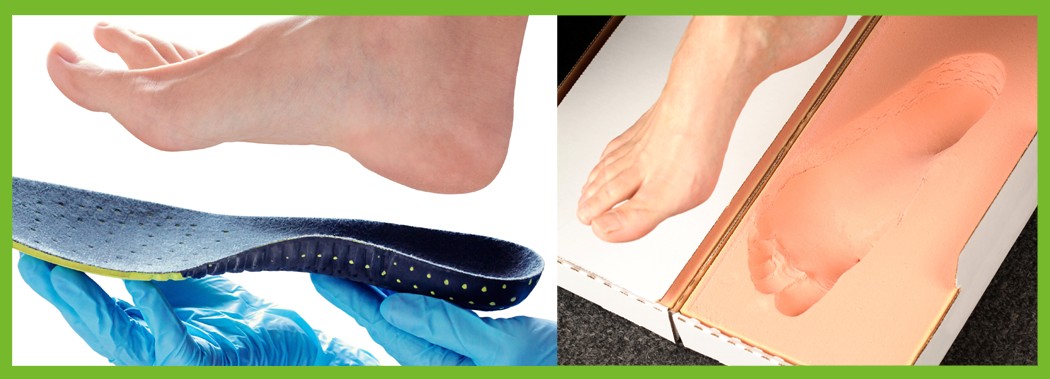Q: Last fall I suffered a shoulder injury that still plagues me. Now I'm starting to have problems with my shoulder blade. Whenever I raise my arm up overhead, the shoulder blade rubs against my ribs causing a grinding feeling. Is this a new problem or part of the ongoing shoulder problem?
A: The scapula (more often referred to as your "wing bone" or shoulder blade) is a key reason why your shoulder and arm normally move and glide smoothly and easily. Not only does the scapula give the shoulder muscles a base of operation, it also acts as a moving platform for the shoulder ball-and-socket joint to function properly.
In short, the scapula is a silent partner with the shoulder in moving the arm in any and all directions. Any injury that affects the shoulder is going to also affect the scapula. This connection may not be apparent at first but over time, a condition known as scapular dyskinesia develops. Dyskinesia just means the body part isn't moving in the normal rhythm or sequence.
With a shoulder injury, you may not feel anything directly wrong with the scapula at first. But over time (as you have noticed), there is a snapping or grinding sensation as the scapula moves over the ribs. This is one indication that the scapula is no longer moving as it should. Another sign of a scapular problem is what's called scapular winging. As you move the arm up overhead or forward, the scapula may pop out away from the body. Reaching behind the back with the hand on the affected side will also result in excessive "winging".
The cause of scapular dyskinesia is usually mechanical such as muscle stiffness or shortening, bone fractures, alterations in shoulder joint motion, joint instability, or muscle (strength or timing) imbalances. Three-dimensional (3-D) motion pictures of patients with scapular dyskinesia show that the altered position of the scapula affects all aspects of upper quadrant movement.
Treatment depends on a thorough and careful evaluation process to detect all areas of involvement. With this information, a physician, physiotherapist, or athletic trainer can move to the next step of determining the best treatment approach for this problem. Of course, addressing fractures, rotator cuff tears or degeneration and the impingement that comes from rotator cuff disease, and labral tears is the first step. But for complete recovery, it will be important to restore normal alignment and movement of the scapula as well.
Reference: W. Benjamin Kibler, MD, et al. Scapular Dyskinesis and Its Relation to Shoulder Injury. In Journal of the American Academy of Orthopaedic Surgeons. June 2012. Vol. 20. No. 6. Pp. 364-372.
WE OFFER DIRECT BILLING TO
MOST INSURANCE COMPANIES
MOST INSURANCE COMPANIES
Physiotherapy - Massage Therapy - Shockwave








